This weekend Overwatch featured its first ever tournament with a cash prize.
The Sombrero.gg Overwatch Cup #1 had a $300 prize pool put up by Andrew “Sombrero” Philippou, a content creator and esports specialist at Razer, and attempted to and gave fans a taste of what Overwatch looks like when played competitively with something on the line. Is it fun to watch? How do the current spectator tools hold up? What should the competitive format be?
Eight teams with various backgrounds signed up to play. Some, like finalists Pubstars, were filled with players who met playing matchmaking in the beta. One team clocked in from France, playing across an ocean. Others, like my team, a group of Team Fortress 2 players, had years of experience competing with and against each other. It wasn’t a serious event and even some of the best teams in the small beta playerbase, much less outside of it, didn’t compete. But it’s a start towards answering many of the questions about Overwatch’s esports future.
And here’s the biggest: Does Overwatch have what it takes to be the next big esports title? That’s somethings this tournament began to answer, but it’s a complex question. As an avid beta player and competitor in the weekend’s tournament, with 10 plus years in esports as both a journalist and player, my answer to that question is “definitely yes.”
Whether that plays out remains to be seen, but here are some of the big worries many people still have about the game’s competitive future.
1) Does the game take skill?
Blizzard has a reputation for “casualizing” games. Read any World of Warcraft forum and it will be filled with a vocal minority whining about how Blizzard ruined their hardcore experience by making the game more accessible and less complex. Heroes of the Storm, Blizzard’s battle arena title, is notorious for stripping away some of the complexities of its genre to make it more accessible.
Many feel Overwatch does the same thing for the first-person shooter. While Blizzard is introducing skills and characters to the shooter equation, the power of those abilities also changes the dynamic. The ultimate for Soldier 76, for example, is literally an aimbot.
uccess, but it’s just one of the skills that makes a player successful in Overwatch.
If you have amazing aim and hit 100 percent of your shots with McCree or Widowmaker, for example, you’ll be basically unstoppable. Headshots are in the game for most weapons. Aim is rewarded. So is strong movement and the ability to dodge, depending on your class and character. Movement isn’t fast paced like Quake, which limits the ability of players to dodge creatively. But it’s an important part of the game for many classes.
The ability to melee and its power, dealing a flat instant 50 damage, adds a deceptive amount of skill to playing many classes. While it’s certainly not difficult to mash that melee button, it increases the complexity of relatively simple heroes like Winston or Mercy by adding in another way to make them effective. Meleeing barely clips your attack animation and in some cases doesn’t, allowing you to weave it in between shots to maximize your damage.
The thing Overwatch does differently from those games is that it also places a premium on positioning, timing, and teamwork. Mercy, for example, is a competitive staple, but requires zero aiming skill. Her viability is tied into her positioning and awareness. Some might argue that makes her a no-skill and easy character to play, but there’s an easy-to-notice difference in the effectiveness of many people who play the class, something you’ll be able to see at the tournament this weekend.
Whether you’re an aim whore, a rocket master, or can barely move your mouse, Overwatch probably has a way for you to showcase your talent. And while some teams may be able to succeed with a lesser skilled player in some categories, Overwatch’s class swapping means versatility and talent is rewarded. That support player won’t be able to play support in every game.
That said, it’s hard to completely carry a match off of individual skill alone, which in some ways may differ from a game like Counter-Strike. The current meta is generally based around running two tanks, two supports, and two damage type heroes, leading some people to claim you only need two people that can aim per team.
2) Do team compositions matter too much, and is class swapping too powerful?
Team compositions definitely matter. Having the right heroes in the right situations will always be an advantage. As the level of play increases and more players become more skilled, it’s inevitably that strategy and composition become increasingly important. In battle arena games like League of Legends, for example, it’s easy for people to point to champion select and say that a game was lost from that point on. In many ways, having that kind of strategic component to a game isn’t a bad thing. And in Overwatch, it’s not a driving factor at this point of the game, and will always be something that can be countered by individual play.
In Overwatch, it’s possible to play in a losing matchup. But it’s your own fault for letting it. With class swapping available, there’s always the option to change someone to a Reaper to counter their tanks, for example. Whether that kind of swapping makes for interesting gameplay is another question. Right now, most organized teams are content to use the same six man lineup through most of a map, perhaps having one player as a flex swapping between classes as needed, or swapping depending on the section of the map you’re at. No one knows the optimal way to play at this point, and whether more swapping will be more common. But there are some built in checks against it becoming too prominent.
While ultimate abilities charge very quickly, it’s still a big loss to swap classes and lose your charge considering how powerful most of them are. Plus, it’s difficult to really learn the ins-and-outs of so many characters. In battle arena games, players typically only play five or six champions at one time. In Overwatch, while many might argue some characters take little skill, that kind of specialization will likely also become true.
At this stage in the game, the heroes you bring to battle do matter, but how well your team uses them together matters much more.
3) What is the competitive game mode?
Currently Overwatch only features attack and defend style maps, where one team is on offense trying to either capture two control points in consecutive order or push a payload cart into the enemy team’s base. That’s similar to some play modes in Team Fortress 2, but with one key difference: Overwatch currently lacks stopwatch functionality.
Stopwatch lets two attacking teams compare themselves against each other. The first attacker sets a time, and then the two teams swap sides. The new attacker then tries to capture the map with a faster time.
Without that functionality, attack and defend often has problems. In Overwatch, for example, organized teams will almost always succeed on attack against each other. In a scrim session last Thursday, my team (which is competed in the tournament as NotEnigma) played five maps against another tournament team (Pubstars). Using stopwatch, we won 4 of 5 maps based off time. But the attacking side succeeded in 9 out of 10 chances. In the tournament finals, this wasn’t a problem in part because the map picks favored my team. We defended Pubstars on Dorado, the one map we did it against them in practice.
That’s something Blizzard may need to fix for Overwatch to work competitively. The tournament this weekend makes every team play either attack or defense on each of three maps a single time, using a coin flip to determine who gets attack in the third map. But if the attacking side wins 90 percent of games between two competitive teams, then the tournament is basically being decided by a coin flip.
4) Is the game too hard to watch?
Overwatch entered beta with a spectator mode right from the gate, something that shows Blizzard’s commitment to esports for the title. It’s a feature that’s often saved for later in a game’s lifespan, one that isn’t necessary to gameplay. But the spectator tool currently available is also a crude one. While it has many great features, like the ability to see players through walls as has become common for spectating games like Counter-Strike, it’s also a crude and early prototype, one Blizzard has said it’ll work to improve.
The Sombrero Cup itself showed off some of the big issues with the client. Right now, it’s very difficult to know just who the camera is spectating. There’s no name on the screen to show which player or team is currently under the microscope, making watching a match confusing, especially when the camera swaps around. There’s also no kill or death feed, so it’s hard to keep track of just how a battle is going.
But even with a strong spectator suite, watching Overwatch may be difficult. Like battle arena games such as League of Legends or Dota 2, there’s a lot of visual clutter and a wide range of abilities and characters that spectators must learn to truly understand the action. There’s a lot of particle effect spam that sometimes clutters the action.
After learning the basics, though, Overwatch isn’t too difficult to grasp. The particle effects may be brilliant, but they aren’t as spammy or difficult to understand as in a game like League.
And the attack and defend format, especially with stopwatch, offers plenty of exciting moments. The possibilities for team and individual plays bring plenty of excitement to a broadcast, especially when tied with a countdown for every checkpoint on the map.
Watching Overwatch will have a learning curve, like any new game. It may be a bit of a steeper one than some other shooters. But once the tools are there, and casters figured out how to use them, Overwatch is going to provide plenty of great esports moments.
5) Is the barrier of entry too high?
First-person shooters are often notorious for the way they chew up and spit out new players. It’s not uncommon to see someone play their first game of Quake and get stomped 60 to -2. Heck, they’ll probably get owned that hard after their 20th. Quake is unforgiving because not only does a player need to learn how to fire and fight with the game’s arsenal of weapons, but also the intricacies of complex movement. And that’s before considering how to fight on specific map terrain, time the items on it, and control the pace of the game.
Overwatch, in some ways, is even more complicated. There are 21 heroes to learn, each with their own weapons and slate of abilities, instead of nine or 10 guns. Keeping track of the charge of 12 powerful ultimate abilities is daunting, especially those of the enemy team. But in many ways, that complexity is deceptive.
Playing any single character, for example, is relatively simple. Soldier 76 has an automatic rifle on LMB, rockets on RMB, a sprint on LSHIFT, a healing station on E, and an aimbot for an ultimate with Q. That’s five relatively simple abilities that work together in relatively simple ways. Figuring out how to play that specific class at a decent, if not optimal, level is not incredibly difficult. The difficulty comes in when trying to utilize Soldier 76 perfectly in an organized team environment, where more and more variables become present.
Plus, unlike a game like Quake, there are plenty of characters that are effective despite a player lacking shooter fundamentals, like good aim. Mercy and Winston, for example, are more a thinking man’s characters, capable of being played at a high level without a high degree of twitch skill. Of course, that shooter talent helps—Winston is exponentially better with solidly timed melees that may take good reaction time and well-aimed jumps to land in hard-to-reach places. Mercy’s pistol is very effective and pulling it out to land a couple headshots while in danger can make the difference in any fight. But those are just more examples of how Overwatch’s learning curve can ease players in, even those who
6) Is the game balanced?
Blizzard notoriously wants to allow class stacking in Overwatch, that is, letting multiple people on the same or different teams play the same character. That’s because a lot of people to worry about potential abuse. Will using three or six of one hero become too popular and uncounterable, or only counterable by running three or six of a different class?
So far, that hasn’t been a problem in the beta. The game is incredibly well balanced even with a diverse roster of 21 heroes. While heroes like Widowmaker are strong and tough to deal with, there are plenty of tools to mitigate her impact on the game, like a Reinhart shield or Winston or D.Va attack. That’s what makes Overwatch so interesting. There’s always a way to play around an opposing strategy, whether it’s different heroes or a shift in your own play style.
There’s plenty of other structural questions regarding Overwatch’s esports future. The business model past the game’s release is still up in the air and will have wide ranging consequences. So will Blizzard’s commitment to building a tournament structure; last year there was about $1.5 million in prize money up for grabs in Heroes of the Storm, a game that moved through its own beta. Overwatch could top that.
Image via Blizzard



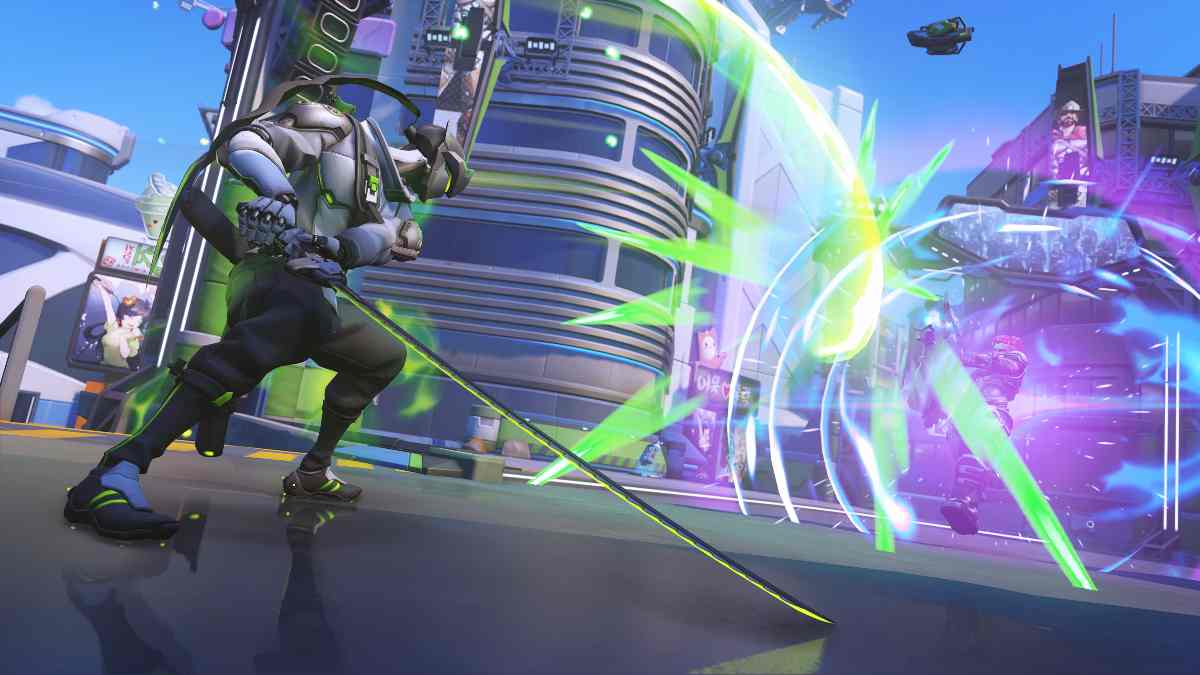
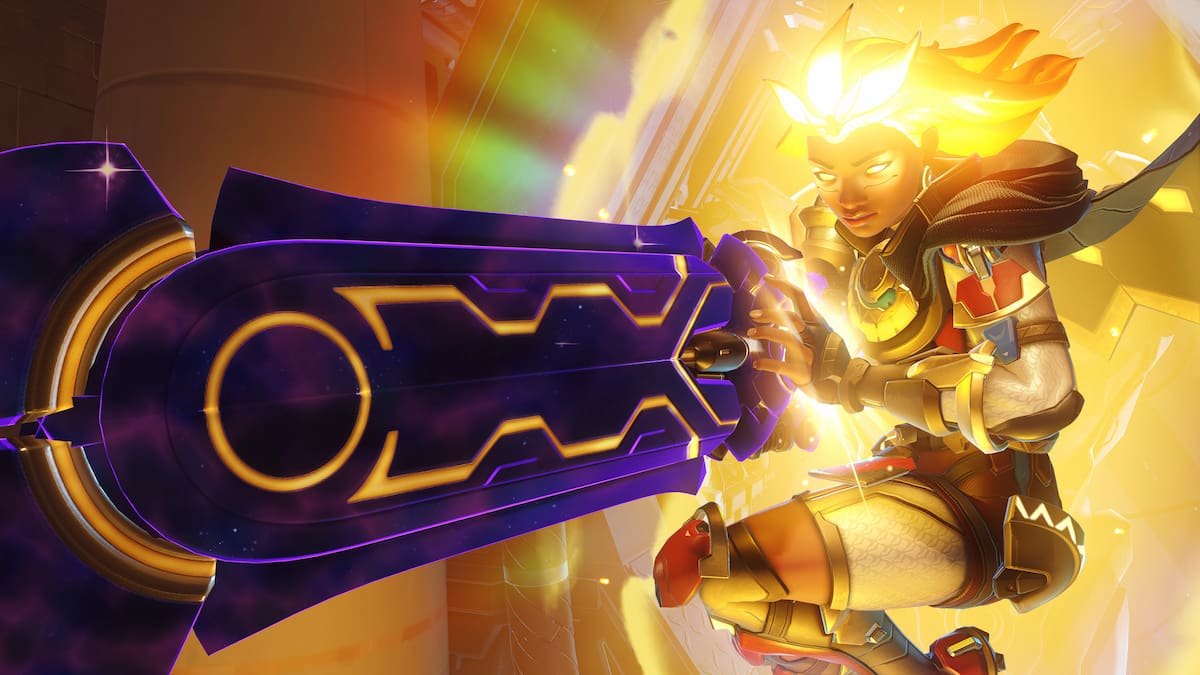
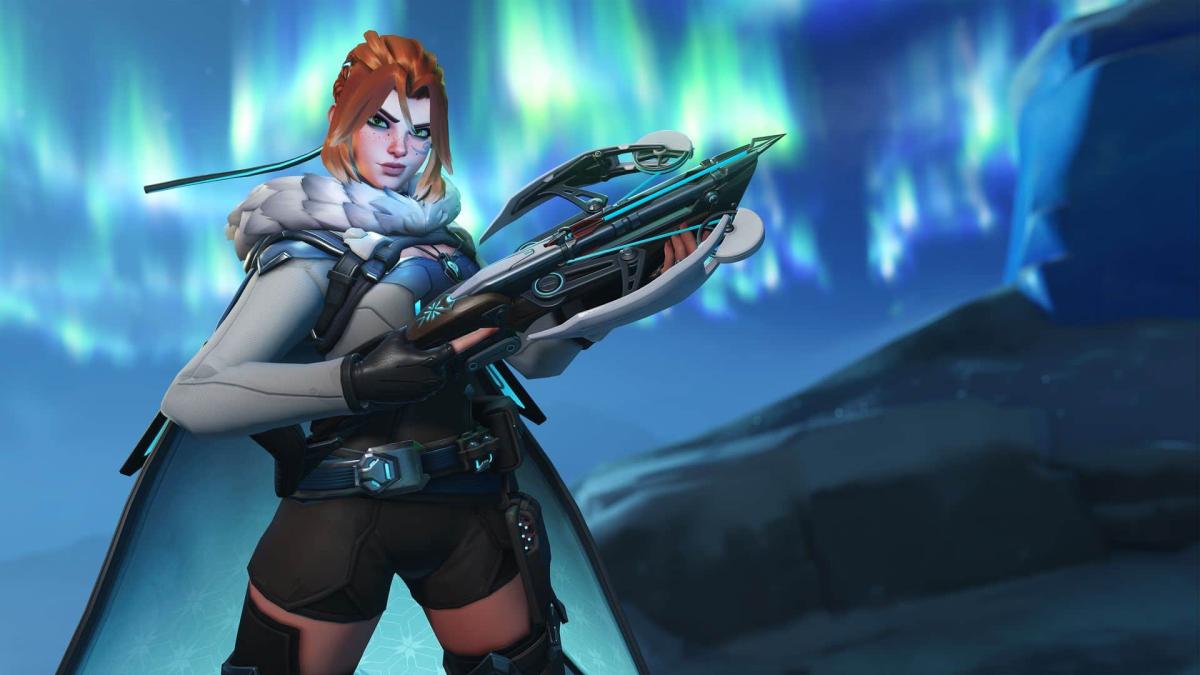
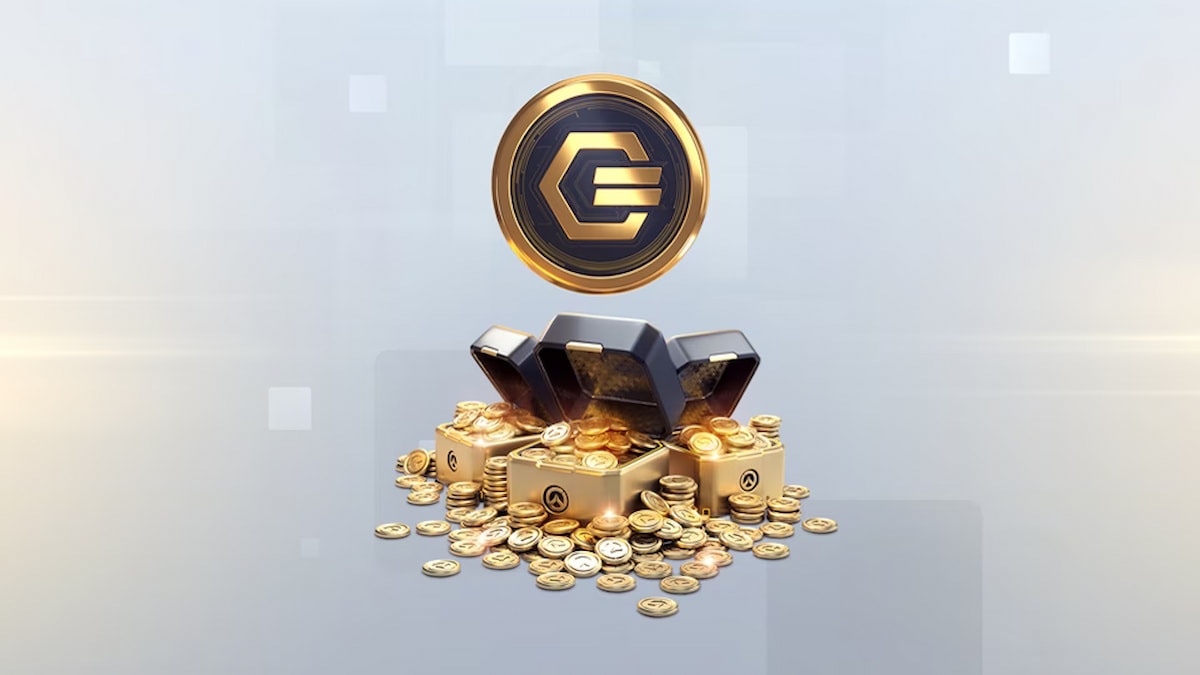
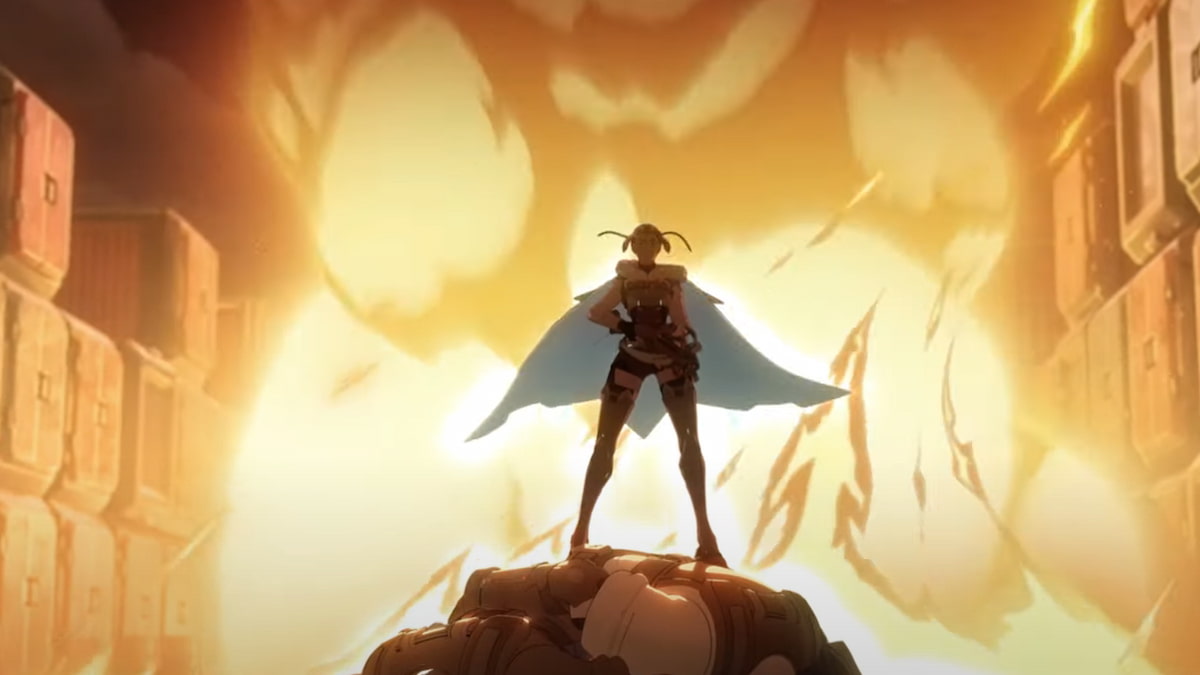
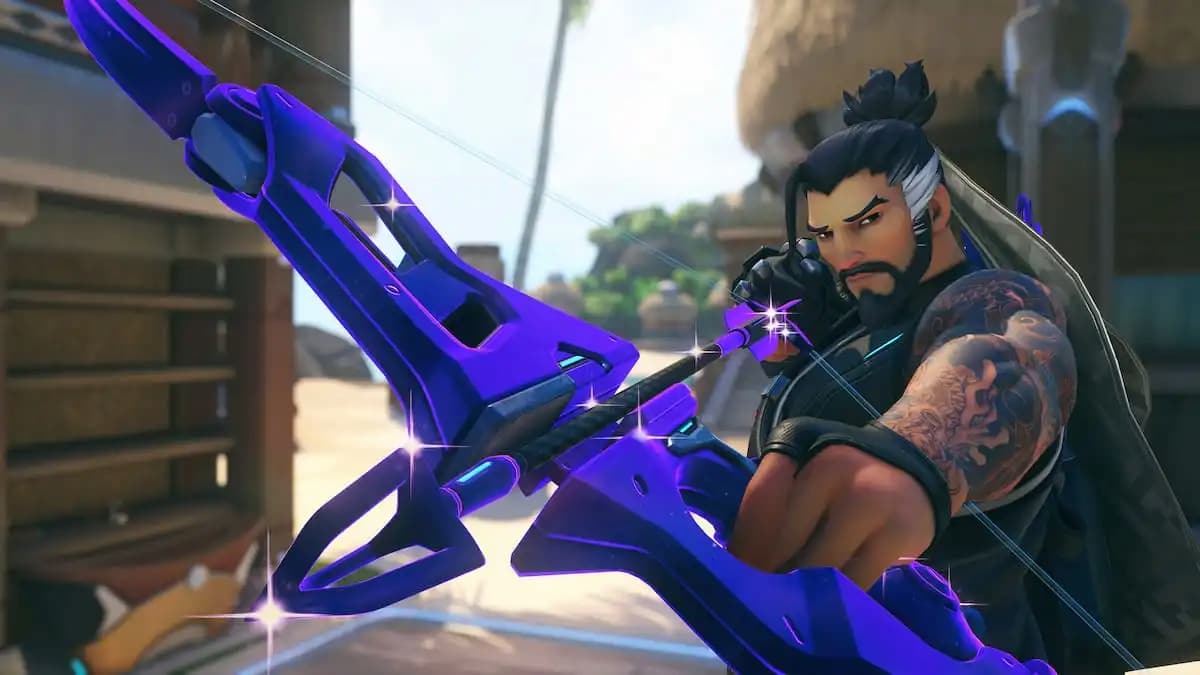
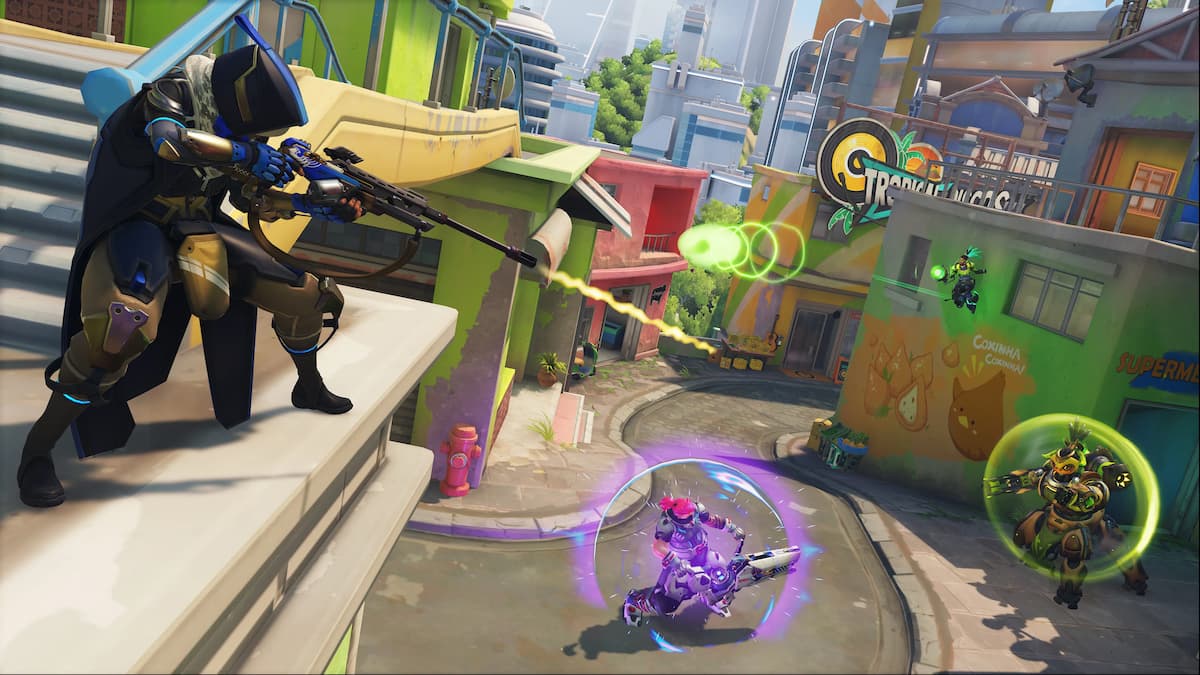
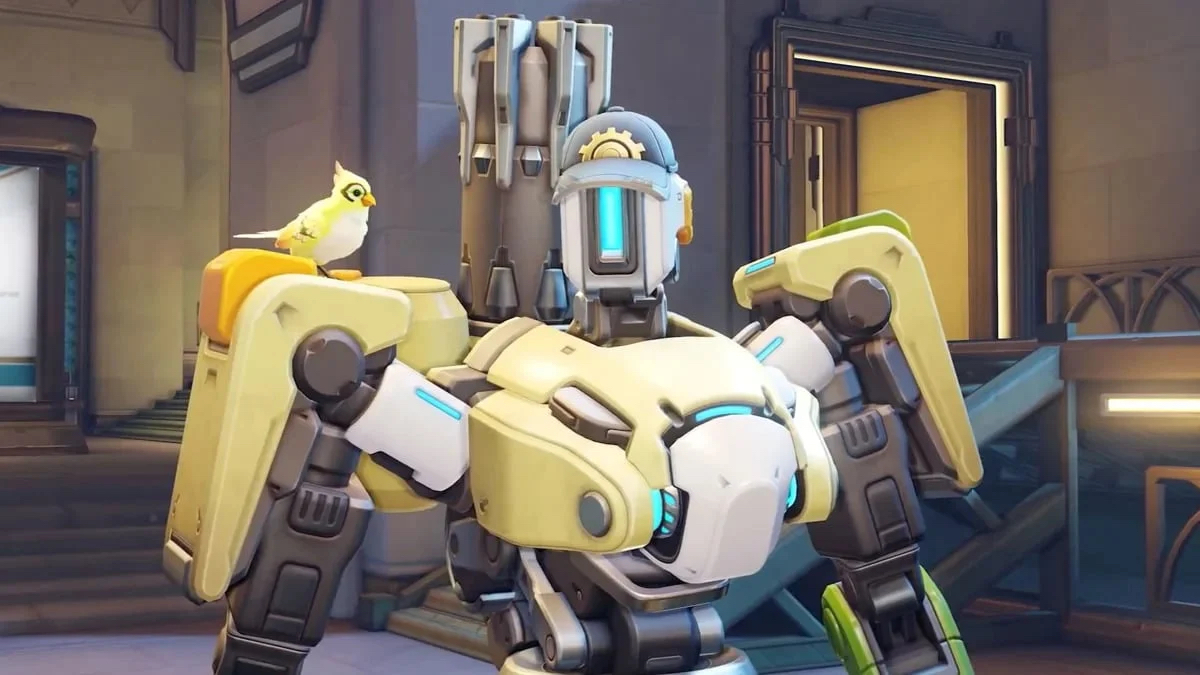
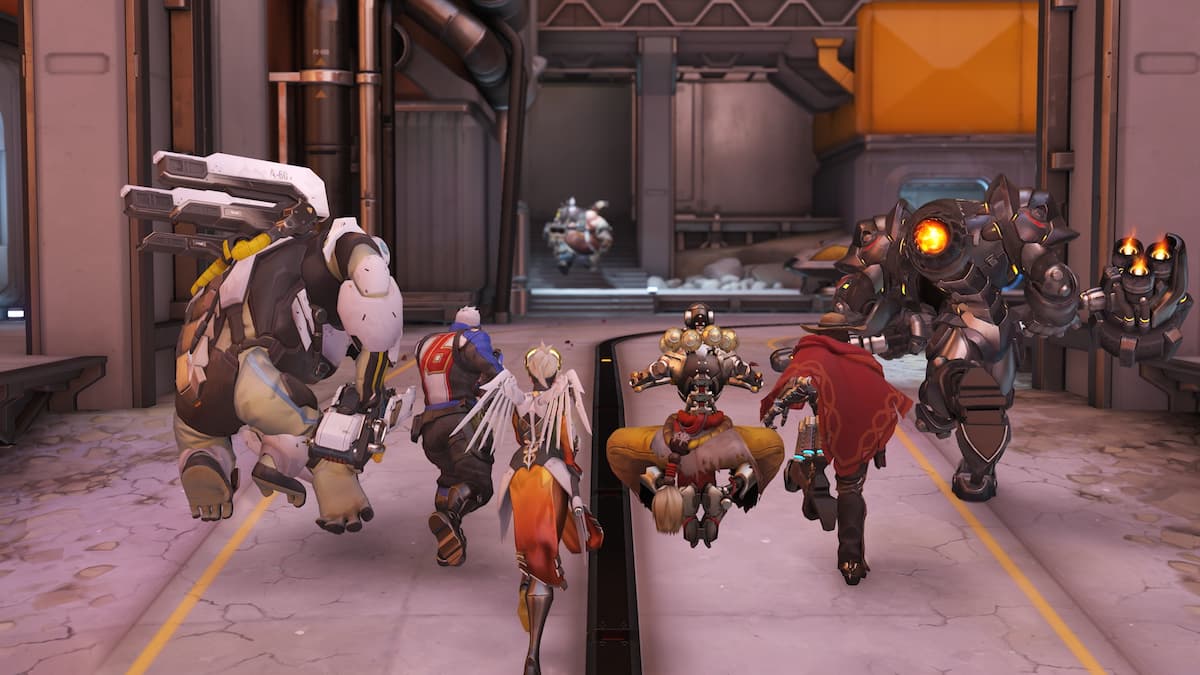
Published: Nov 17, 2015 04:52 pm